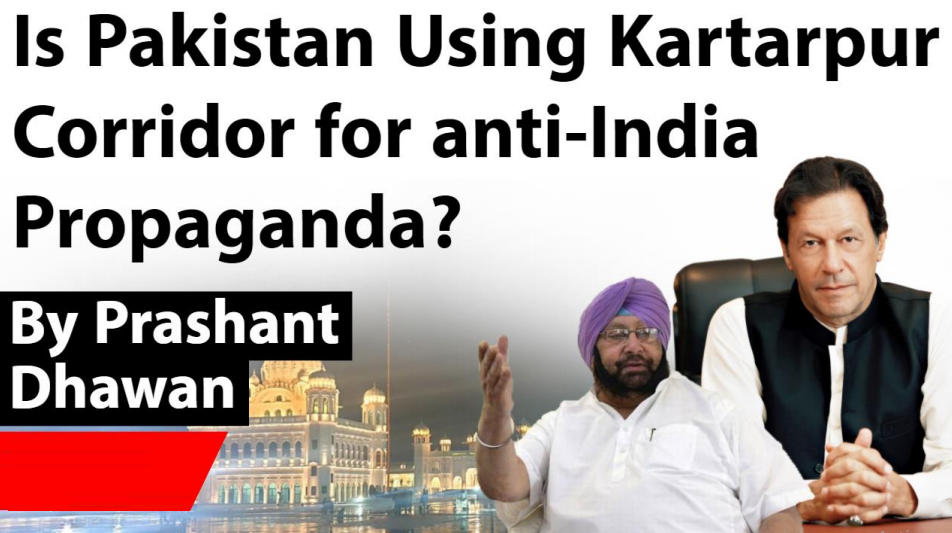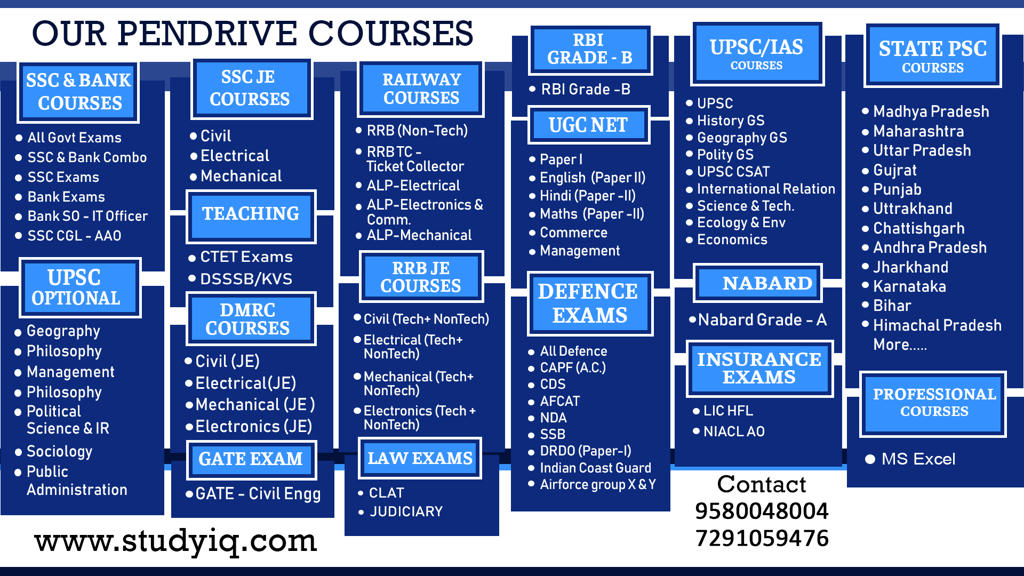Table of Contents


KARTARPUR CORRIDOR
- The corridor is intended to allow religious devotees from India to visit the Gurdwara in Kartarpur, 4.7 kilometres (2.9 miles) from the Pakistan-India border, without a visa.
- The Kartarpur Corridor was first proposed in early 1999 by the prime ministers of India and Pakistan, Atal Bihari Vajpayee and Nawaz Sharif, respectively, as part of the Delhi–Lahore Bus diplomacy

CONCERNS



THE CONCERNS
- A video released by Pakistan’s Ministry of Information and Broadcasting on Monday to mark the opening of the Kartarpur Corridor has landed in controversy for displaying posters of Khalistani separatist leaders Jarnail Singh Bhindranwale, Maj Gen Shabeg Singh and Amrik Singh Khalsa in the background in a clip.
- All three were killed when the Indian Army stormed Golden Temple in June 1984 in Operation Blue Star to free it of terrorists holed up inside.
INDIAN REACTION
- The Ministry of External Affairs asked Pakistan to remove the video and printed material featuring three Kahlistani leaders including Jarnail Singh Bhindranwale.
- The MEA said that Pakistan had assured India that they will not allow any anti-India elements during the pilgrimage but it has tried to undermine the spirit of the whole arrangement.

KHALISTAN MOVEMENT
- The Khalistan movement is a Sikh separatist movement, which seeks to create a separate country called Khalistān
- In 1971, the first explicit call for Khalistan was made in an advertisement published in The New York Times by an expat Jagjit Singh Chohan.
- In 2008, India’s Intelligence Bureau indicated that Pakistan’s Inter-Services Intelligence organisation was trying to revive Sikh militancy.
IB REPORT
- The IB report says the Ludhiana blasts of October 2007 indicate that the ISI is desperately trying to revive Sikh militancy which had died a natural death in the late 1980s. The ISI has taken upon itself to roil Punjab so that it could have a partner in carrying out terror operations
Latest Burning Issues | Free PDF






















 WhatsApp
WhatsApp